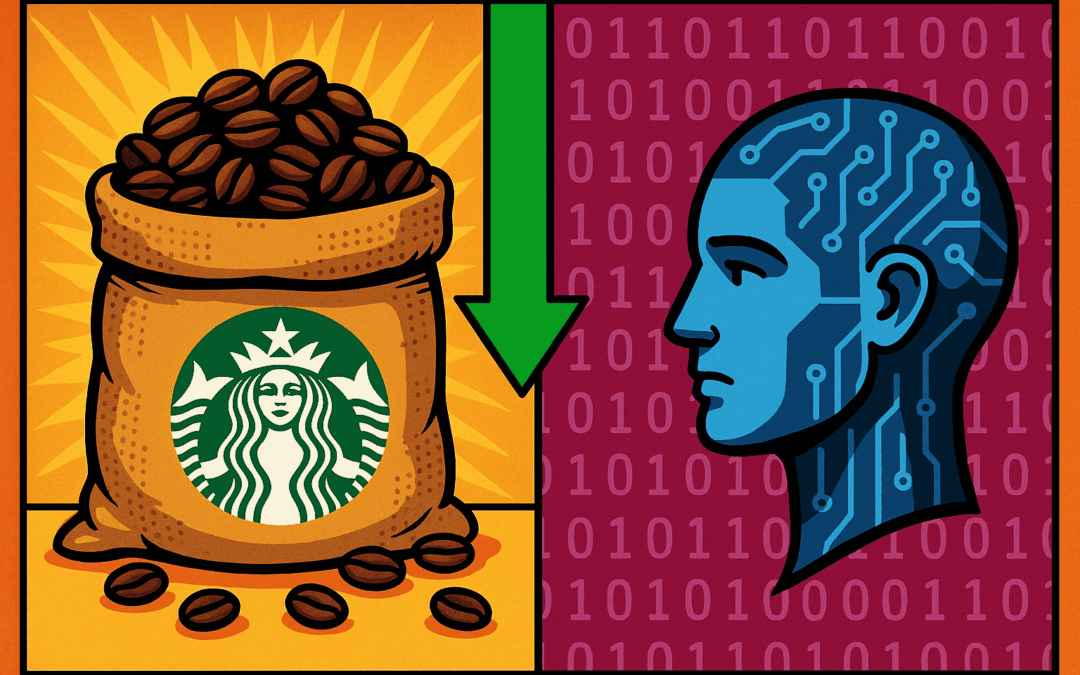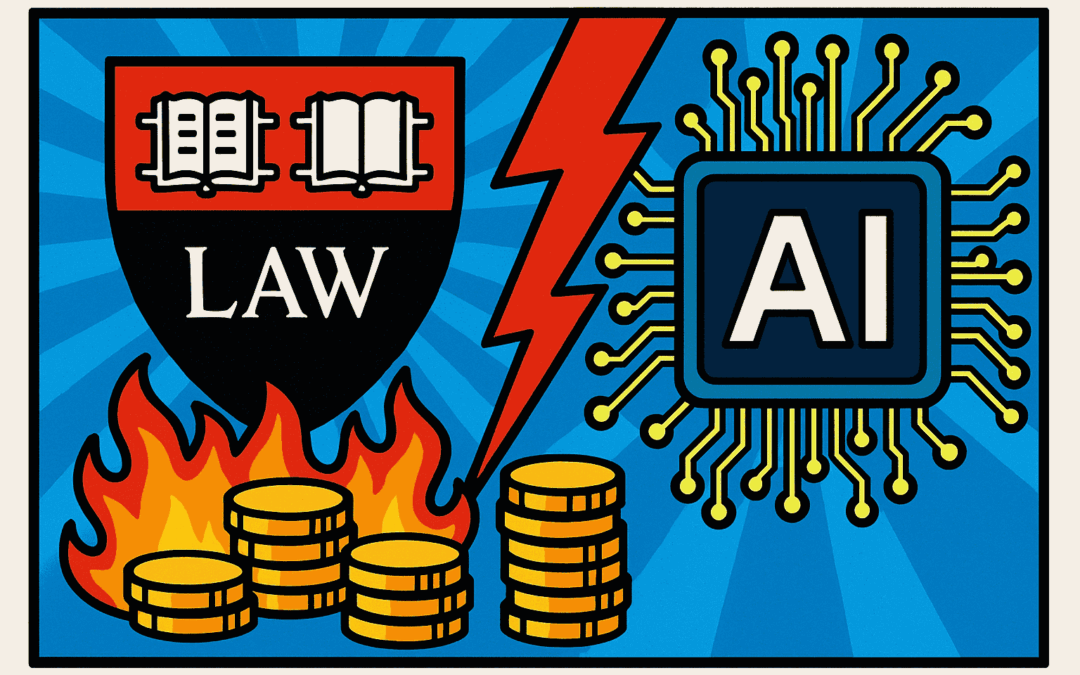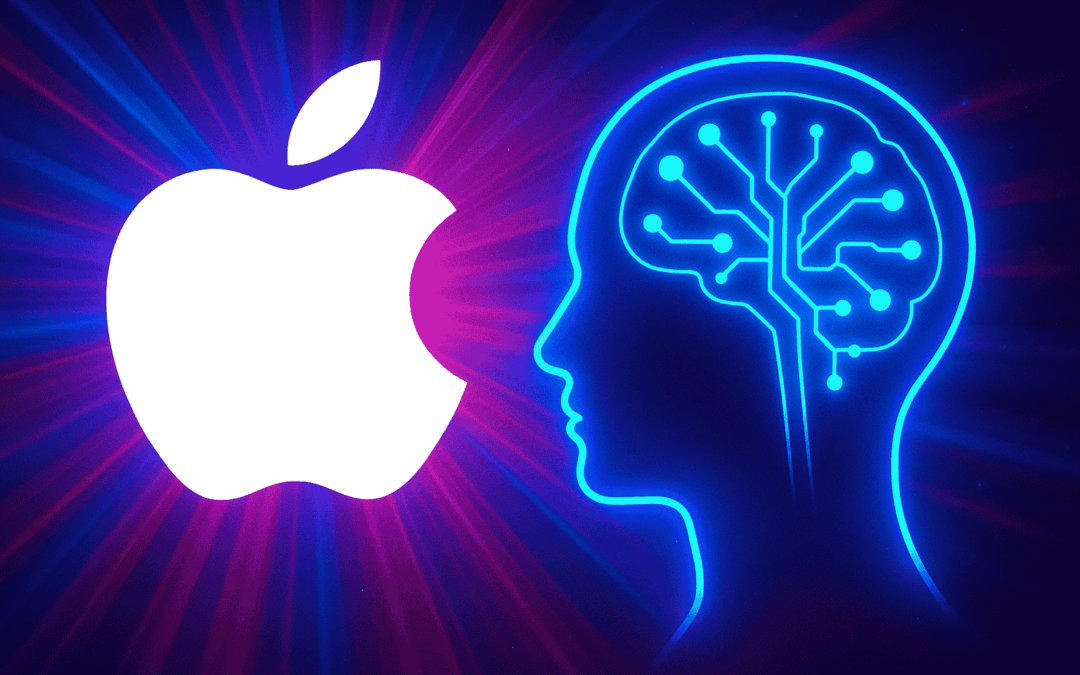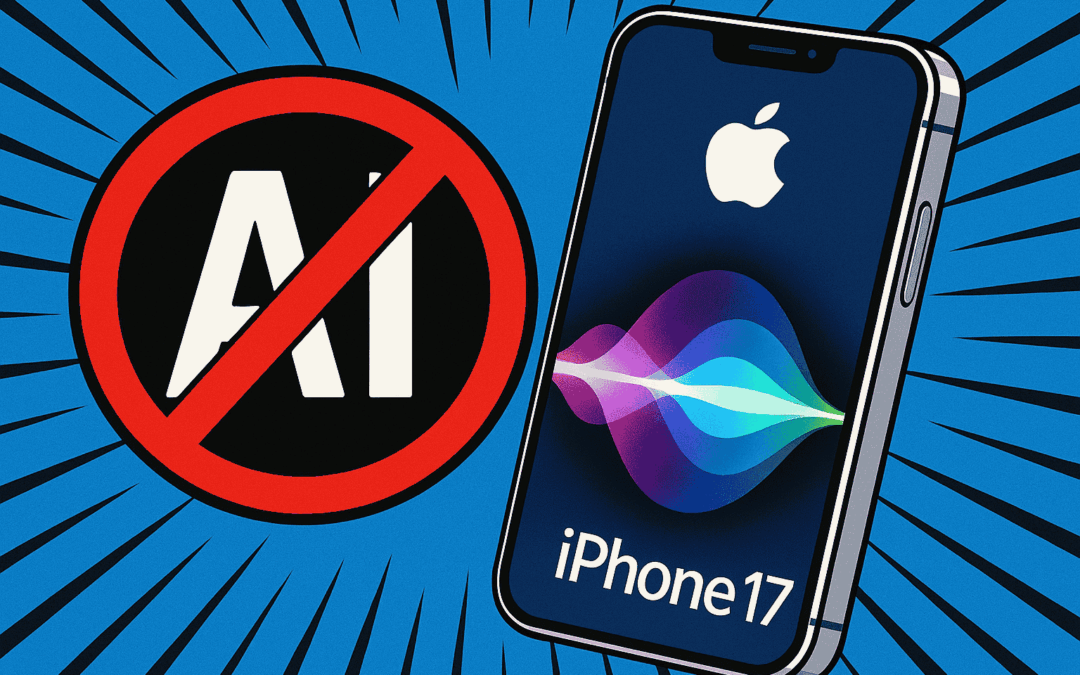In a move highlighting growing enterprise demand for AI in intellectual property protection, MarqVision has raised $48 million in fresh funding.
As large language models reshape law, enforcement, and brand security, investors are putting serious confidence in startups targeting global counterfeiting and IP abuse.
This milestone also underscores how AI adoption is accelerating not just across consumer applications but deep in business-critical legal domains.
Key Takeaways
- MarqVision secured $48 million in Series B funding to expand its generative AI-powered brand protection platform.
- The platform leverages advanced large language models (LLMs) and computer vision to detect and report IP violations across global marketplaces.
- Backers include DST Global Partners and SoftBank Ventures, signaling sustained investor interest in AI tools tackling legal and regulatory business risks.
- Harvard Law School is collaborating to ensure legal accuracy and robustness in AI-driven IP enforcement.
- This funding round reflects an escalating arms race between AI-driven counterfeiters and brand defenders.
MarqVision’s Approach to AI-Powered IP Protection
MarqVision uses a combination of computer vision and generative AI models to identify counterfeit products, copyright infringement, and unauthorized retail listings at a massive scale.
The startup’s AI system can scan images and text across major platforms (such as Amazon, Taobao, and eBay), detect fakes, and automate takedown processes—drastically reducing response time for brands.
“AI is leveling the playing field for legitimate brands, as counterfeiters leverage increasingly sophisticated techniques.”
Unlike legacy IP enforcement solutions, MarqVision’s platform incorporates LLMs to scan not just images but also nuanced product descriptions and seller communications, tackling tricky “gray market” and mimic listings that evade simpler algorithms.
Law Meets AI: Academic Validation and Legal Fidelity
Through its alliance with Harvard Law School, MarqVision aims to ensure compliance, accuracy, and transparency in automated takedowns—addressing major legal pitfalls facing AI in law.
According to TechCrunch, this partnership anchors the AI models in up-to-date legal precedent and helps minimize risks of over-enforcement or bias, problems that have plagued earlier IP enforcement tools.
Implications for AI Developers, Startups, and Legal Professionals
- For AI developers: The rapid adoption of generative AI for high-stakes legal work intensifies the need for model fine-tuning, explainability, and human-in-the-loop oversight. Building LLMs that can interpret complex regulatory language now offers high enterprise value.
- For AI-first startups: MarqVision’s fundraise signals strong market appetite for verticalized AI platforms targeting compliance and risk. Competitive differentiation will hinge on accuracy, speed, and regulatory alignment.
- For legal and brand professionals: Automated enforcement tools reduce manual workloads, outpace evolving counterfeiting tactics, and help brands retain control of their online image. However, legal teams must still vet and adapt to evolving model outputs to prevent legal overreach.
Generative AI is reshaping legal enforcement, but platform transparency and legal oversight remain essential.
Competitive Dynamics and the Future of AI in Brand Security
Rivals like Red Points and BrandShield have also scaled up AI for IP enforcement, but MarqVision’s combination of LLMs, vision AI, and legal collaboration sets a new bar in sophistication.
Global retail platforms—especially those targeted by counterfeiters—now face mounting pressure to adopt or integrate such advanced tools.
The brand protection market will likely experience rapid consolidation, with AI-first unicorns emerging as gatekeepers for digital brand integrity. The intersection of law, AI, and retail signals both new opportunities and the need for clear global standards.
For AI professionals, mastering the intersection of generative AI, compliance, and domain-specific knowledge will drive the next phase of real-world applications—and reshape legal infrastructure worldwide.
Source: TechCrunch











